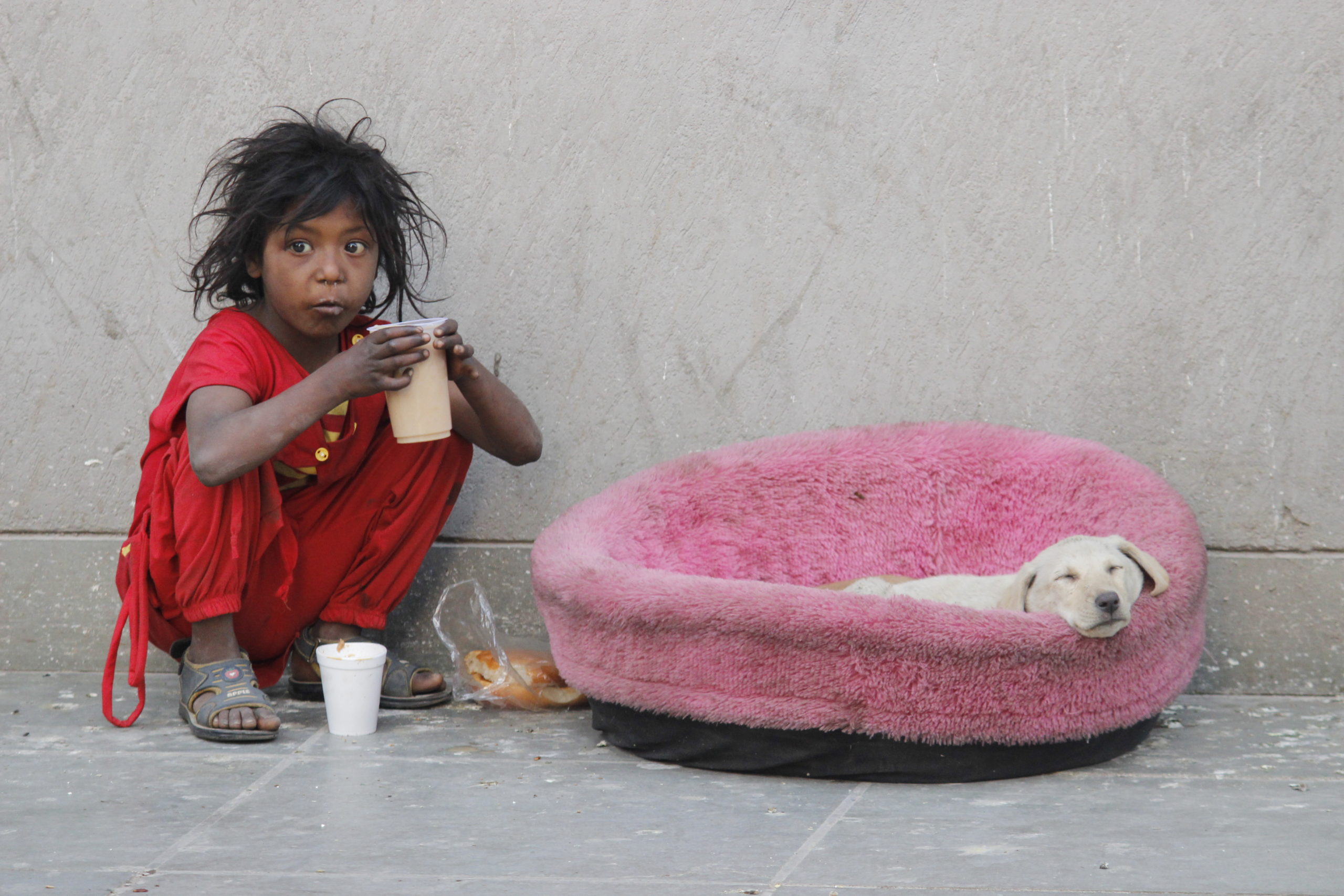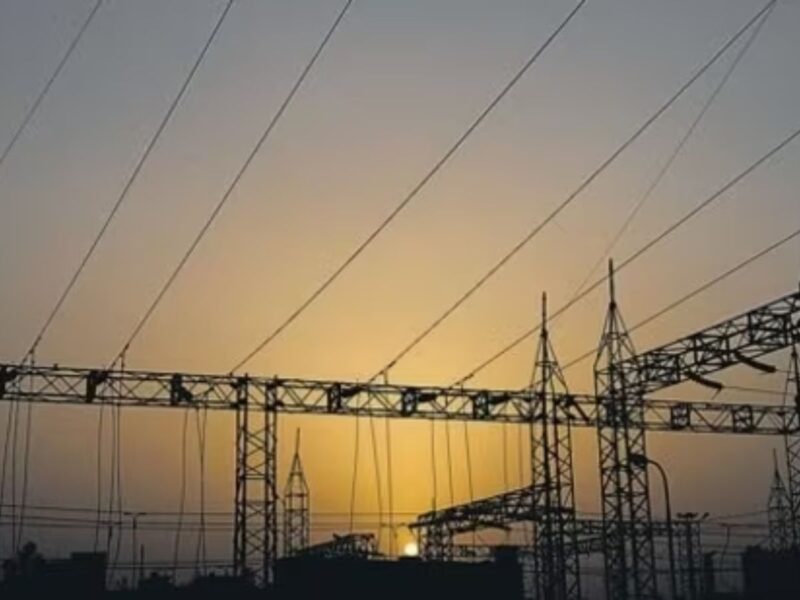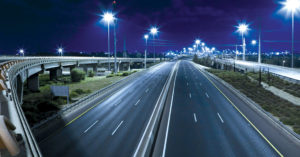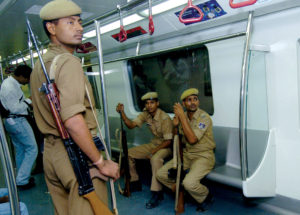Being one of the oldest regions of Delhi, Jamia Nagar houses the dichotomy of rapidly urbanising itself in the face of development, while harbouring hundreds of homeless people who find no aid in the administrative system.
Given its status as one of the eight metropolitan cities in the country, New Delhi is considered one of the developed and modernised cities. Be it the sprawling Parliament house and other official estates, the educational institutes, first active metro line in the country, or the urban and housing development – the rapid development in the past few years in Delhi has attracted the attention of countrymen seeking jobs, education or just fast-paced city life.
Thriving among this grandeur is a small region in South East Delhi called Jamia Nagar which has not matched the development of the city’s counterpart. It is still in a sorry state in terms of area planning for housing, markets etc. Once existing as a village, Jamia got its first stepping stone in urbanisation in 1935 when the foundation for the central university Jamia Millia, earlier housed in Karol Bagh, was laid.
In the following 87 years, the area grew rapidly with individual components developing into industrial, commercial, educational and residential hubs. And although not architecturally planned, today, it comprises residential colonies such as Zakir Nagar, Batla House, Abul Fazal Enclave, Okhla Head, Shaheen Bagh, Okhla Vihar, Johri Farm, Ghaffar Manzil, and Jamia Millia Islamia campus spread over 200 acres.
During the early 70s, when most of Delhi was being urbanised, people from various parts of the country started settling in Jamia Nagar. The initial move was led by the professors of the university with their families followed by many others. Jamia Nagar has been in a developing state ever since.
Today, there are about 1.60 lakh people living in Jamia Nagar, half of whom have settled and successfully run their businesses, or work in government and private sectors alike.
Although Jamia is developing at an exceptional rate, there is a face of Jamia that cannot be disregarded – the troops of homeless people.
As we go about in Jamia Nagar, you cannot appreciate the developed parts without countering the financially challenged people living on the sidewalks. Every second road is home to a homeless person trying to get by. The sight is a sad truth that needs to be acknowledged in order to bring about a change.
There is a lot of disputed and uninhabited land in the area which is currently occupied by hundreds of homeless people. Most of these people are either unemployed or are daily wage workers. From begging, labour work, rickshaw pulling, working as household help or food vendors, and being involved in other such odd jobs, they barely make ends meet. Therefore the question of buying or renting a place to live goes out the window.
Existing below the poverty line, they also live in constant threat of being uprooted anytime by the authorities. Even though they are the ones involved in construction work and building homes every day as labourers, they live with the irony of not being able to do the same for themselves.
We interviewed a few homeless people at Jamia Millia metro station, who claimed to have been residing there for a very long time. Some of them were daily wage workers, while most of them were too sick to earn money or get treated. Jamia Nagar is said to be developing but it cannot be really achieved unless some proper arrangements for these poor, helpless people are also in motion.
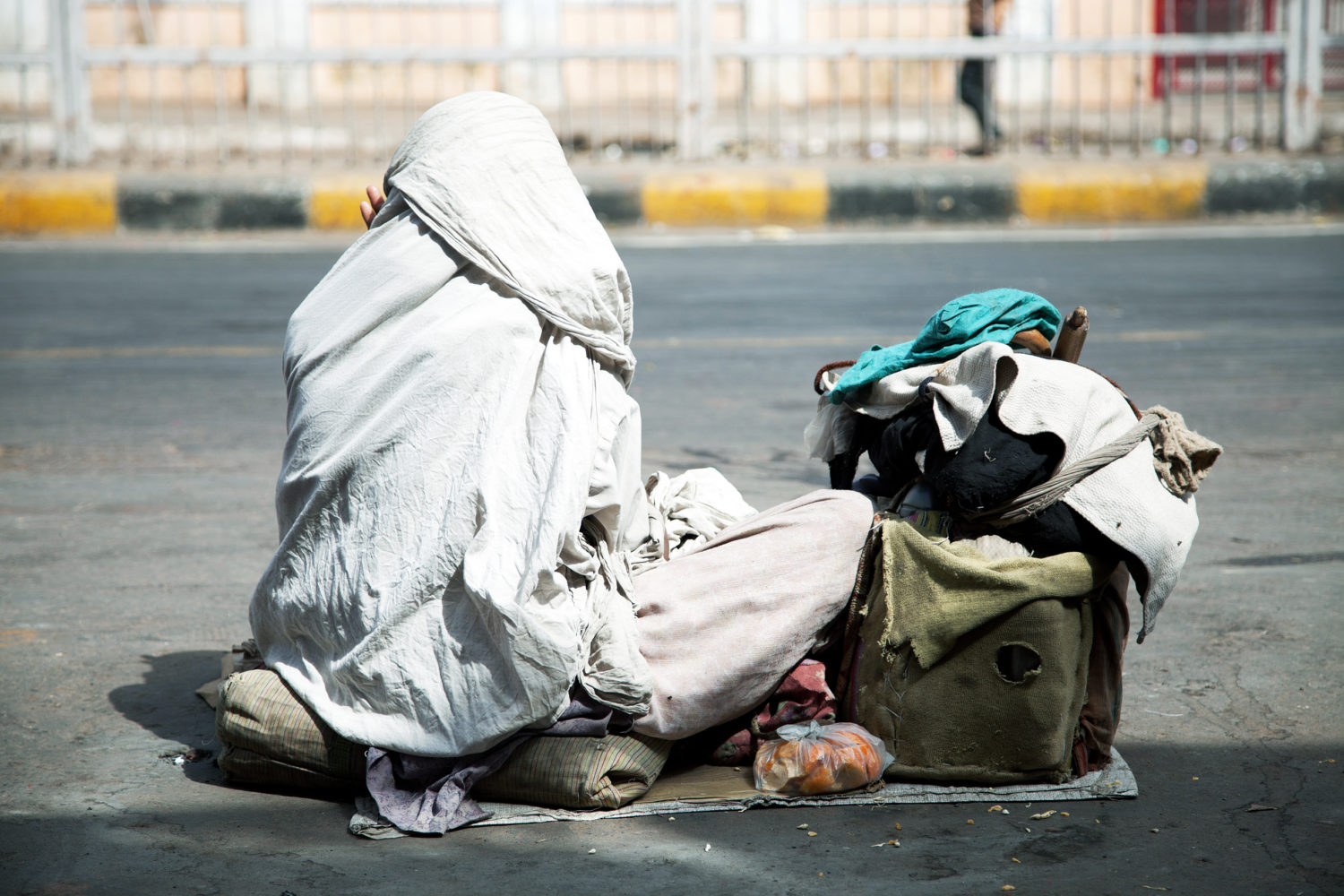
Our country is struggling with its fair share of problems where population plays a major role, and Jamia is no stranger to this obstacle in the road to development. There are more people than places to stay. This overcrowding in cramped places and living in unhygienic conditions gives rise to another serious issue – health negligence.
Chronic communicable and non communicable diseases such as unintentional and intentional injuries, tuberculosis, malaria, dengue, rheumatic heart disease, HIV infection, diabetes and hypertension have been known to exist in slum areas given the late complications of these diseases that the formal health sector often fail to foresee.
The residents, however, haven’t lost hope. “Jamia Nagar is congested and there is always traffic on roads due to local vendors on pavements and roads with no permanent place for many homeless people. Yet, there are certain steps that are being taken that will impact the conditions in passage of time. And things will definitely get better”, says Fahad Alam, a resident of Jamia Nagar.
Although having setbacks from the issues of homeless people, Jamia Nagar continues to develop in other aspects like building and improving sectors such as hospitals, schools, roads, sewage systems and water quality. Many successful business owners and government officials are proud to call this their home. Officially or not, Jamia is a home to many with their livelihoods depending on this place.
The need of the hour is to address this impending issue and seek progress wherein people can finally see changes that count in their favour in future. Till then, we can contribute to helping them with our own small bits, and hope and pray for better and lasting results.
(This report was written during an internship with Patriot)
For more stories that cover the ongoings of Delhi NCR, follow us on:
Instagram: https://www.instagram.com/thepatriot_in/
Twitter: https://twitter.com/Patriot_Delhi
Facebook: https://www.facebook.com/Thepatriotnewsindia

